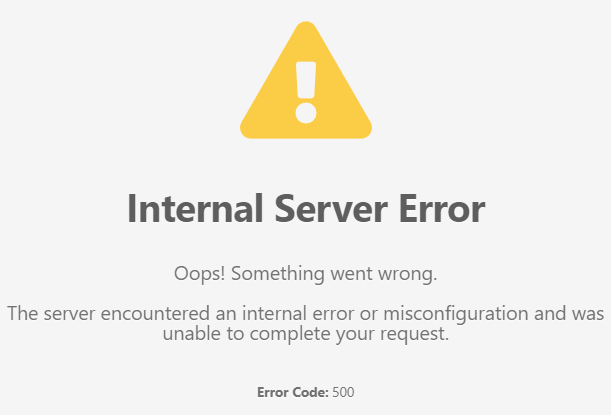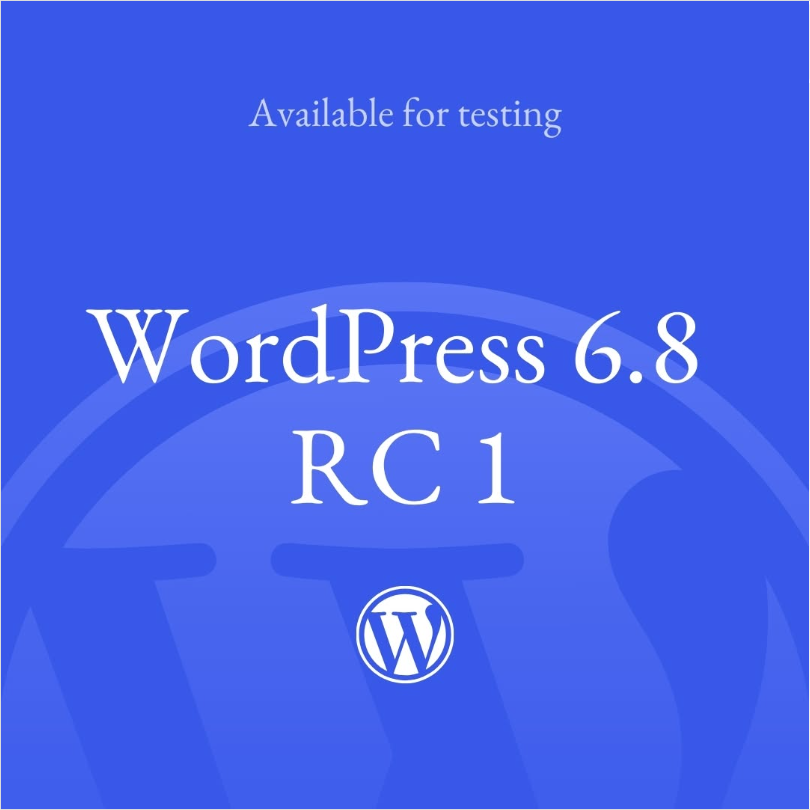When building large orMultilingual WordPressWhen it comes to websites, you are often faced with a choice between using a multi-domain architecture or adopting "Multisite" functionality. These two approaches differ in structure, management and usage scenarios, and understanding the core differences will help you make a more rational decision.

What is WordPress Multisite?
Multisite isWordPressA built-in feature that enables the creation of multiple independent sites in a single WordPress installation. All sites share a core set of programs and plugins, but content and settings are independent of each other.
Features:
- Unified back-office management
All sub-sites are centrally managed in the same WordPress backend, suitable for projects that require unified control. - plug-in (software component)and thematic unification control
All plugins and themes used by the sub-sites are provided bymaster control, sub-stations cannot install new plug-ins individually. - Can be set up as a subdirectory or subdomain
for exampleexample.com/site1maybesite1.example.comThe
Applicable Scenarios:
- Educational institutions create separate sites for different colleges or teachers
- Separate operation of media platformsMultiple sub-brandscontent station
- Multiple business units in an enterprise group require independent content sites
![Image [2]-WordPress Multi-Domain vs Multi-Site: Which is better for your needs](http://gqxi.cn/wp-content/uploads/2025/05/20250515094016735-image.png)
What is Multi-Domain Architecture?
Multi-domain names, on the other hand, refer to the use of completely separate domain names for different websites, such as site1.com,site2.netEach site has its own WordPress installation andcomprehensive databaseThe
Features:
- Completely independent system environment
Each site has its own plugins, themes and databases that don't interfere with each other. - Highly flexible
Sites can use different hosting, different development logic, and a higher degree of personalization between sites. - SEOMore independence
Each domain name participates in search engine rankings as an independent site, and domain name weights are calculated independently.
![Image [3]-WordPress Multi-Domain vs. Multi-Site: Which one suits your needs better?](http://gqxi.cn/wp-content/uploads/2025/05/20250515175730456-image.png)
Applicable Scenarios:
- Multi-brand independent operation
- Cross-border sites are divided into separate sites by country or language
- Clusters of websites that run completely independently of different projects or clients
Core Differences Between Multi-Domain and Multi-Site
| comparison dimension | Multisite | multidomain architecture |
|---|---|---|
| Number of installations | Manage multiple sub-sites with one WordPress installation | Separate WordPress installation for each site |
| database structure | Sharing a database with different table prefixes for subsites | Separate database for each station |
| Management Portal | Unified management of all sub-sites in one backend | Separate management back office for each site |
| Plugin/Theme Control | Unified control of the master station, the sub-station can not independently install plug-ins | Plug-ins can be freely selected and installed at each station |
| System resource consumption | More efficient resource utilization and centralized maintenance | Consumption of resources is decentralized and requires maintenance on a station-by-station basis |
| SEO Independence | Sub-site SEO is affected by the main domain | Each domain name participates in the ranking independently, the weight is clearer |
| Difficulty of operation and maintenance | Centralized management is more efficient, but configuration is relatively complex | Independent configuration of each site, suitable for independent maintenance of different projects |
![Image [4]-WordPress Multi-Domain vs Multi-Site: Which is better for your needs](http://gqxi.cn/wp-content/uploads/2025/05/20250515175946804-image.png)
How to choose?
Reasons for choosing multisite:
- Want to centrally manage multiple related sites to save maintenance costs
- Strong logical links between sub-sites, e.g. multiple departments in a school
- No need for separate styles and features for each site
Reasons to choose multiple domain names:
- Each site represents an individual project, brand or country site
- Each station needs to use a different theme,plug-in (software component)Development Logic
- Care more about SEO independence and want each site to appear in search results as a different identity
summarize
WordPress multisite and multidomain have their own advantages for different business needs. If the goal is to centralizeunified managementmultiple similar sites.multi-siteprogram is more efficient. If the program requires a higherdexterityand independence.multidomainstructure would be more appropriate. Before making a decision, it is recommended to make a thorough evaluation with factors such as the number of websites, technical resources, SEO goals and operation planning. Choosing the right architecture can facilitate subsequent content expansion and maintenance in the long run.
Link to this article:http://gqxi.cn/en/54463The article is copyrighted and must be reproduced with attribution.























![Emoji[chi]-Photonflux.com | Professional WordPress repair service, worldwide, rapid response](http://gqxi.cn/wp-content/themes/zibll/img/smilies/chi.gif)
![Emoji[xigua]-Photonflux.com | Professional WordPress Repair Service, Worldwide, Fast Response](http://gqxi.cn/wp-content/themes/zibll/img/smilies/xigua.gif) [Images]
[Images]






No comments